Home>Furniture>Outdoor Furniture>How Many Patio Blocks Do I Need
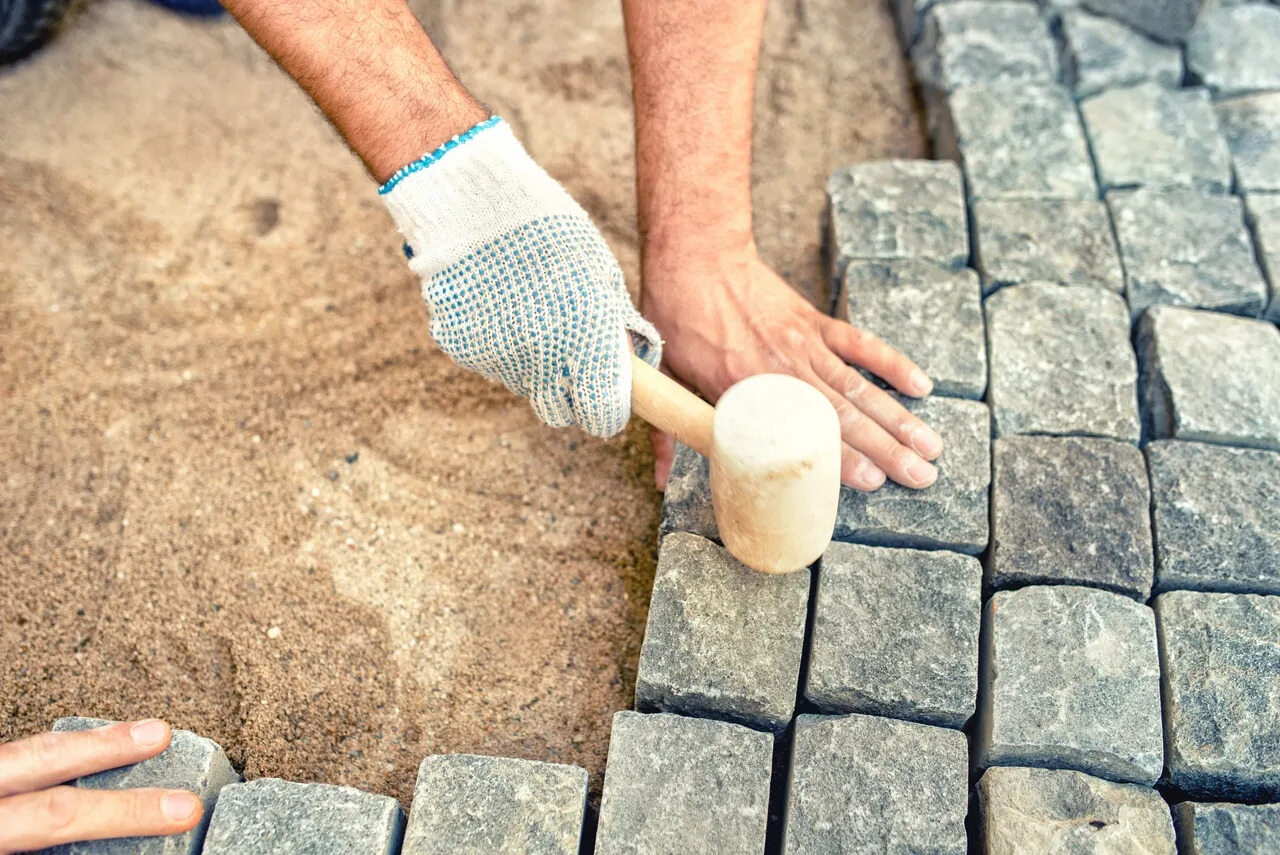

Outdoor Furniture
How Many Patio Blocks Do I Need
Modified: March 7, 2024
Find out how many patio blocks you need for your outdoor furniture. Choose the right amount and create a stylish and functional outdoor space.
(Many of the links in this article redirect to a specific reviewed product. Your purchase of these products through affiliate links helps to generate commission for Storables.com, at no extra cost. Learn more)
Introduction
When it comes to creating a beautiful outdoor living space, patio blocks are a popular choice for homeowners. These versatile pieces can be used to lay a solid foundation for everything from a cozy patio seating area to an expansive outdoor dining space. However, before you dive into your patio project, it’s essential to determine how many patio blocks you’ll need.
Calculating the number of patio blocks required can seem like a daunting task, but with a little planning and measuring, you can ensure a successful outcome. In this article, we’ll break down the factors to consider and guide you through the process of determining the quantity of patio blocks needed for your project.
Whether you’re a seasoned DIY enthusiast or just starting on your outdoor design journey, understanding the steps involved in estimating the number of patio blocks required will help you save time, money, and frustration.
So let’s get started and explore the key factors to consider when determining how many patio blocks you need!
Key Takeaways:
- Plan ahead by considering patio size, block size, layout, and extra blocks to accurately estimate the number of patio blocks needed for your project.
- Measure carefully, calculate the coverage area of each block, and make adjustments for cutting and wastage to ensure a smooth and successful patio block installation.
Read more: How Many Bricks Do I Need For A Patio
Factors to Consider
Before diving into the calculations, it’s crucial to take into account several factors that can influence the number of patio blocks needed for your project. By considering these factors upfront, you can make accurate estimations and avoid any surprises along the way.
1. Patio Size: The size of your patio is the most significant factor in determining the number of blocks required. Measure the length and width of the area where you plan to install the patio. Take note of any irregular shapes, corners, or curves as these may require additional cuts or specially shaped blocks.
2. Block Size: Patio blocks come in various sizes, ranging from standard 12-inch by 12-inch squares to larger rectangular blocks. The size you choose will depend on your design preferences and the overall scale of your outdoor space. Keep in mind that larger blocks may require fewer pieces to cover the same area.
3. Patio Layout: Consider the layout of your patio, including any patterns or designs you plan to incorporate. Some patterns, such as herringbone or basket-weave, may require additional cuts and smaller pieces, increasing the overall quantity of blocks needed. Sketching out your desired layout can help you visualize how the blocks will fit together.
4. Border and Edging: If you plan to include a border or edging around your patio, factor in the additional blocks needed for this purpose. Borders can enhance the visual appeal of your patio while providing a defined edge and preventing the blocks from shifting over time.
5. Extra Blocks: It’s always a good idea to have some extra blocks on hand for future repairs or replacements. Accidents can happen, and having a few spare blocks ensures that you can easily replace any that may get damaged or cracked.
By considering these factors, you’ll have a better understanding of the overall scope of your project and the number of patio blocks required. Let’s move on to the next step: measuring the patio area!
Measuring the Patio Area
Accurate measurements are crucial when determining the quantity of patio blocks needed for your project. By measuring the patio area properly, you can ensure that you have enough blocks to cover the entire space without wasting materials or falling short.
To measure the patio area, follow these steps:
- Clear the Space: Remove any furniture, debris, or plants from the area where you plan to install the patio. Clearing the space will give you a clear and accurate measurement.
- Mark the Start and End Points: Use stakes or markers to indicate the corners of the patio. Measure and mark the start and end points of each side, ensuring that the markings are straight and in line with the desired shape of your patio.
- Measure the Length and Width: Use a measuring tape to measure the length and width of each side of the patio. Measure from the inside of the markings to account for the width of the patio blocks.
- Calculate the Total Area: Multiply the length by the width to calculate the total square footage of the patio area. If your patio has irregular shapes, break it down into smaller rectangular sections and calculate the square footage for each section separately.
- Add the Sectional Areas: If your patio consists of multiple sections with different dimensions, add up the square footage of each section to get the total patio area.
It’s important to measure the patio area accurately, as even a small error can lead to significant discrepancies in the number of blocks needed. Take your time and double-check your measurements before moving on to the next step: determining the size of the patio blocks.
Determining the Size of Patio Blocks
Once you have measured the patio area, the next step is to determine the size of the patio blocks you will be using. Patio blocks come in various sizes, so it’s essential to select the right size for your project.
Consider the following factors when determining the size of patio blocks:
- Patio Area: Take the total square footage of your patio area and divide it by the square footage of a single block. This will give you an estimate of the number of blocks needed to cover the entire space. For example, if your patio area is 200 square feet, and each block covers 1 square foot, you will need 200 blocks.
- Block Size: Keep in mind that the size of the patio blocks you choose can affect the overall look and feel of your patio. Larger blocks may require fewer pieces, leading to a cleaner and more uniform appearance. However, smaller blocks allow for more intricate designs and flexibility in shaping the patio.
- Patterns and Layout: Consider the pattern or layout you plan to use for your patio. Some intricate patterns may require smaller blocks or specific block shapes to achieve the desired design. Sketch out your chosen pattern and determine how many blocks of each size you’ll need for each section.
- Availability: Check the availability of the patio block sizes you require. Some sizes may be more readily available than others, and it’s always a good idea to check with your local suppliers or home improvement stores to ensure they have the quantity and size you need for your project.
By considering these factors and doing a bit of math, you can determine the appropriate size of the patio blocks needed for your project. With this information in hand, you’re ready to move on to the next step: calculating the number of blocks needed!
To calculate the number of patio blocks needed, measure the area to be covered and divide by the size of the blocks. Add 10% for cuts and waste.
Calculating the Number of Blocks Needed
Now that you have measured the patio area and determined the size of the patio blocks, it’s time to calculate the exact number of blocks needed for your project. This calculation will ensure that you have enough blocks to cover the entire patio area without running out or having excess materials.
To calculate the number of blocks needed, follow these steps:
- Convert Measurements: If your patio area is measured in square feet, convert it to square inches. Multiply the total square footage by 144, as there are 144 square inches in a square foot.
- Calculate Block Coverage: Determine the actual coverage area of each patio block. This information is typically provided by the manufacturer and can be found on the packaging or product specifications. For example, if a 12-inch by 12-inch block has an actual coverage area of 110 square inches, divide the total converted patio area by 110.
- Round Up: Round up the resulting number to the nearest whole number. This will give you the minimum number of blocks needed to cover the patio area. It’s always better to have a few extra blocks on hand than to run out in the middle of your project.
- Consider Border and Edging: If you plan to include a border or edging around your patio, calculate the additional blocks needed for this purpose. Measure the length and width of the border or edging area and calculate the number of blocks required using the same method as above.
- Account for Cuts and Wastage: It’s essential to consider the number of cuts you may need to make for curves, angles, or any irregular shapes in your patio design. Additionally, account for a certain percentage of wastage due to damaged or broken blocks during installation. Add a buffer to your calculated number of blocks to account for these factors.
By following these steps and accounting for all necessary factors, you can accurately calculate the number of patio blocks needed for your project. Having a precise estimation will help you plan your purchase and ensure a smooth installation process. Now, let’s move on to the final step: considering adjustments for cutting and wastage.
Read more: How Many Deck Blocks Do I Need For A Shed
Adjustments for Cutting and Wastage
When estimating the number of patio blocks needed for your project, it’s crucial to account for adjustments required for cutting and wastage. These adjustments ensure that you have enough blocks to complete the installation, even if some blocks get damaged during the process or if you need to cut them to fit your desired design.
Consider the following factors when making adjustments for cutting and wastage:
- Cutting Blocks: Depending on your patio design, you may need to cut some blocks to fit around curves, corners, or irregular angles. Measure the areas where you anticipate cuts and consider the number of blocks that will be affected. It’s recommended to purchase a few additional blocks to account for any cutting errors or changes in your design.
- Wastage: During the installation process, some blocks may get damaged or cracked. Additionally, mishaps can occur, such as dropping a block or accidentally breaking it while cutting. To account for these unexpected scenarios, add a certain percentage of wastage to your calculated number of blocks. A common rule of thumb is to add an extra 5-10% of blocks to your overall quantity.
- Return Policy: Check the return policy of the place where you purchase your patio blocks. In case you end up with excess blocks, it’s helpful to know if you can return any unopened packages.
By making these adjustments, you can ensure that you have enough blocks to complete your patio project, even with cuts and potential wastage. It’s always better to be prepared with extra blocks than to face delays or additional expenses due to insufficient quantities.
With your calculated number of blocks, accounting for cutting and wastage adjustments, you’re now ready to begin your patio block installation. Good luck, and enjoy your beautiful outdoor space!
Conclusion
Creating a stunning outdoor patio with patio blocks is an excellent way to enhance your outdoor living space. By taking the time to calculate the number of blocks needed for your project, you can ensure a smooth and successful installation process. Remember, accuracy is key when estimating the quantity of patio blocks, and considering factors like patio size, block size, layout, and adjustments for cutting and wastage will help you make informed decisions.
Start by measuring the patio area accurately, taking note of any irregular shapes or edges. Determine the appropriate size of patio blocks based on the overall patio area, desired design, and availability. Calculate the number of blocks needed by dividing the patio area by the coverage area of each block, and round up the result to ensure you have enough blocks. Consider additional blocks for borders or edging, and make adjustments for cutting and wastage to prevent any surprises during the installation process.
Having a precise estimation of the number of patio blocks needed will not only save you time and money but also ensure that your patio project comes together seamlessly. By planning ahead and considering all the necessary factors, you can create a beautiful outdoor space where you can relax, entertain, and enjoy the outdoors.
So go ahead and start measuring, calculating, and dreaming up your perfect patio design. With the right quantity of patio blocks, your outdoor oasis will soon become a reality!
Frequently Asked Questions about How Many Patio Blocks Do I Need
Was this page helpful?
At Storables.com, we guarantee accurate and reliable information. Our content, validated by Expert Board Contributors, is crafted following stringent Editorial Policies. We're committed to providing you with well-researched, expert-backed insights for all your informational needs.
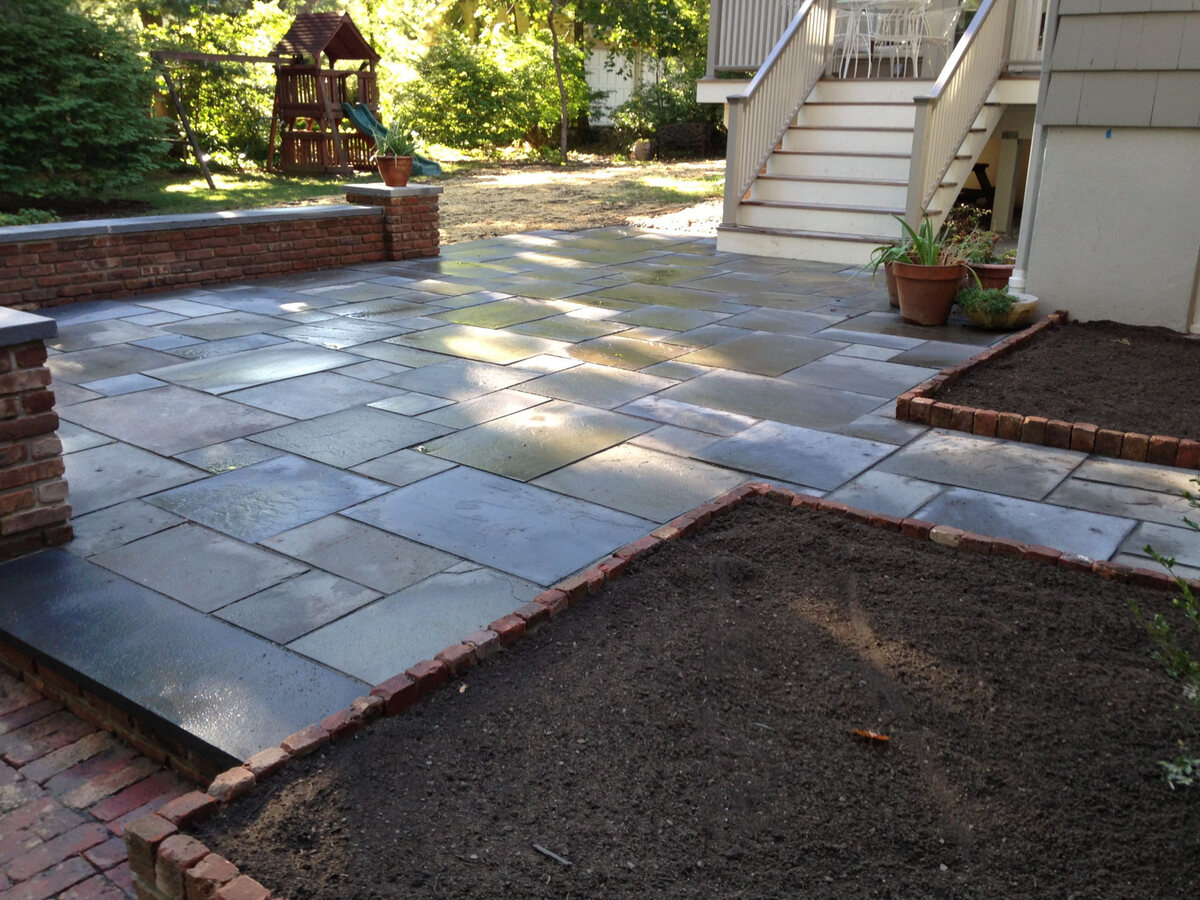
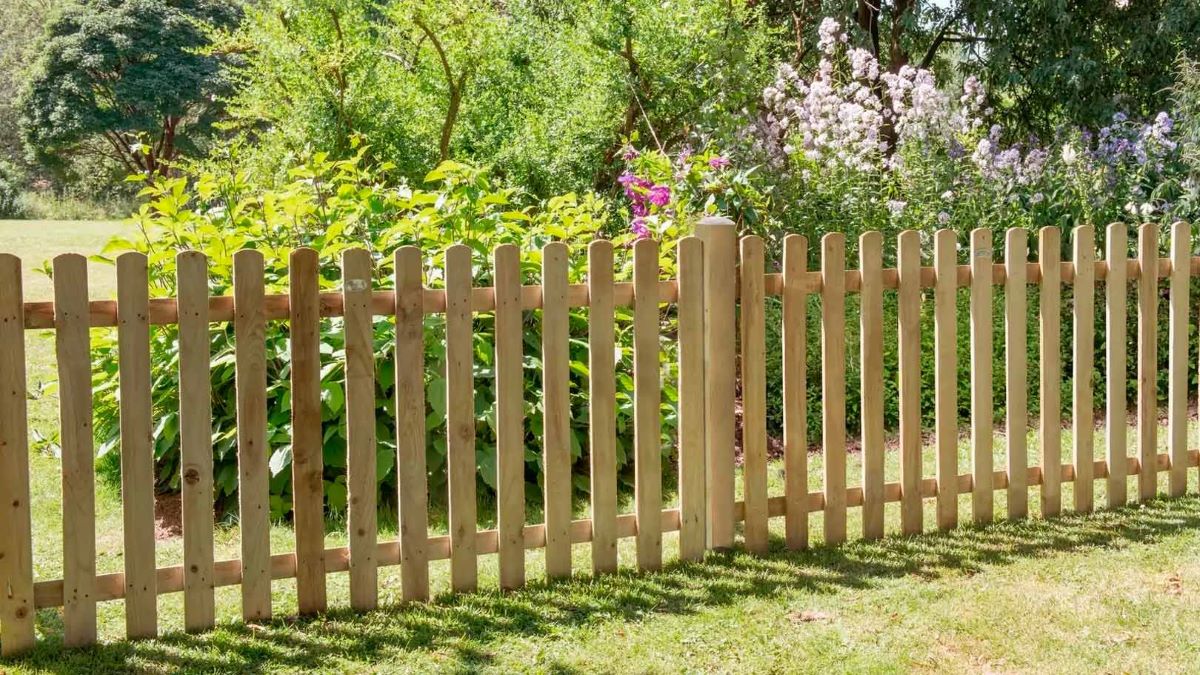
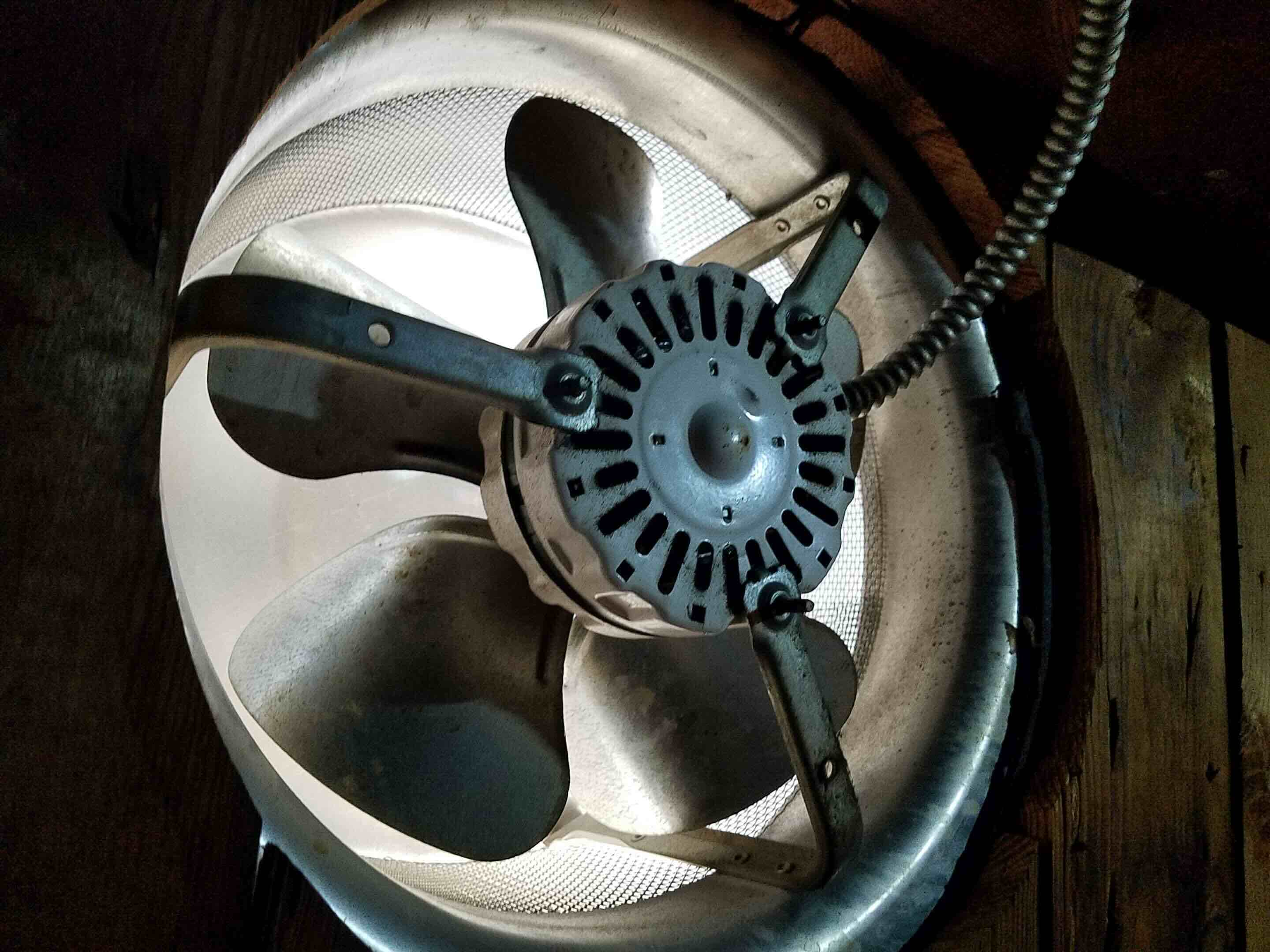



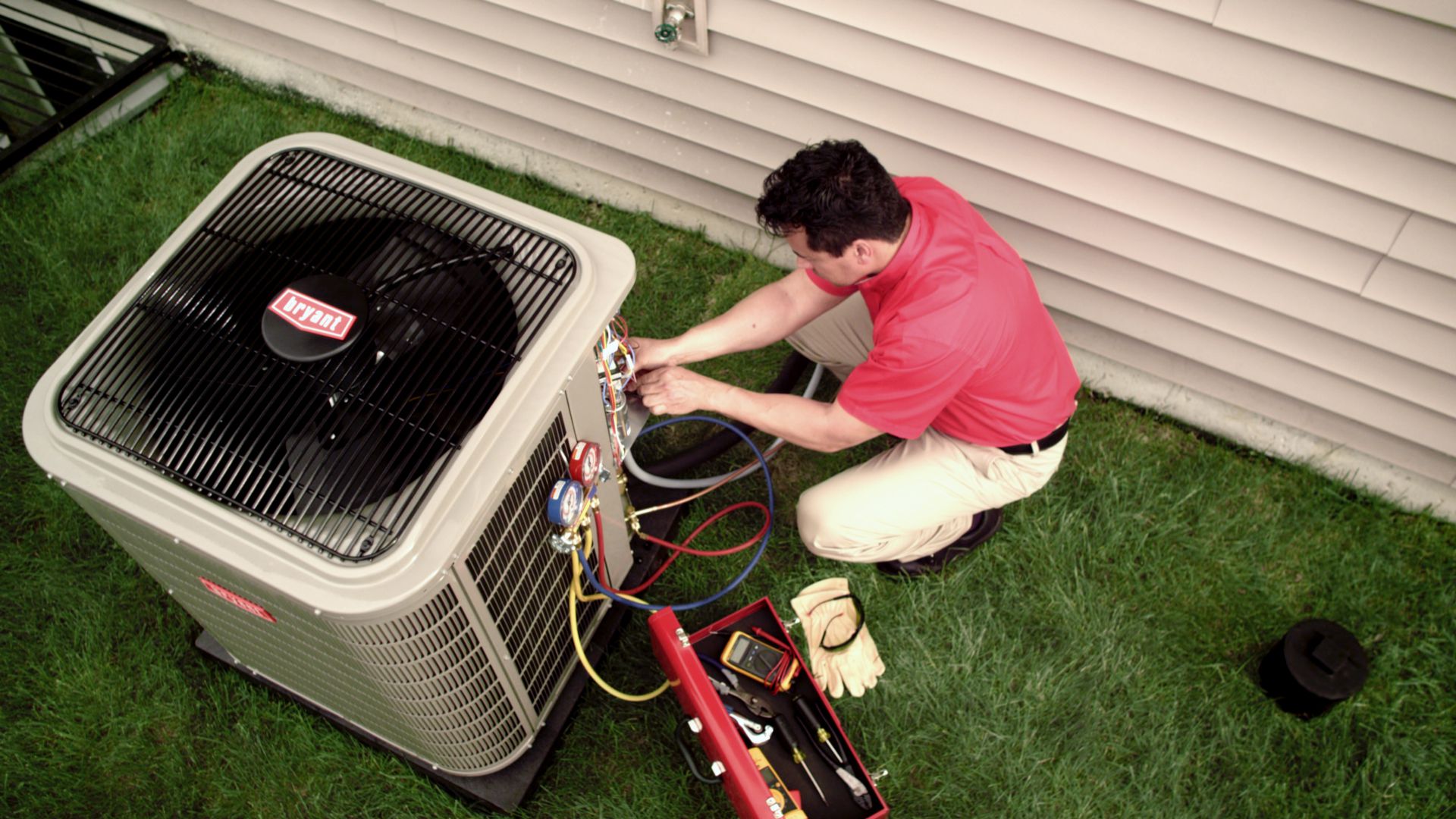
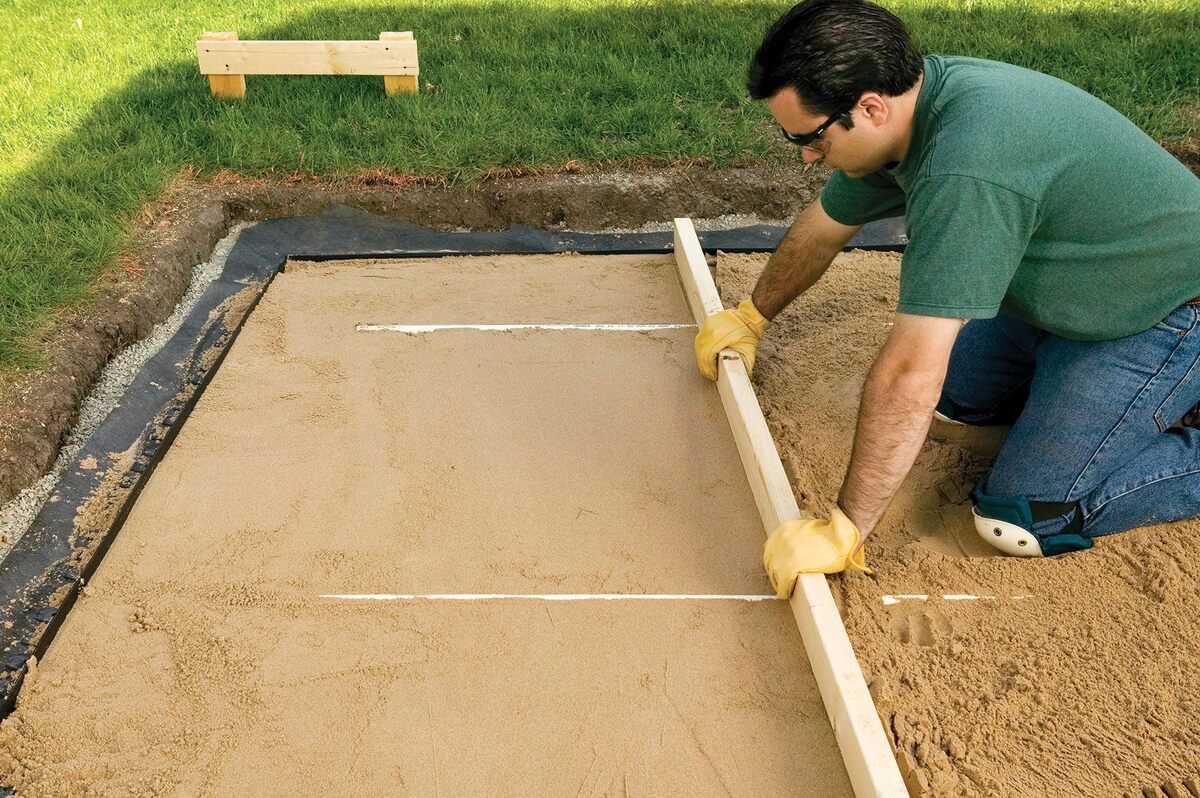
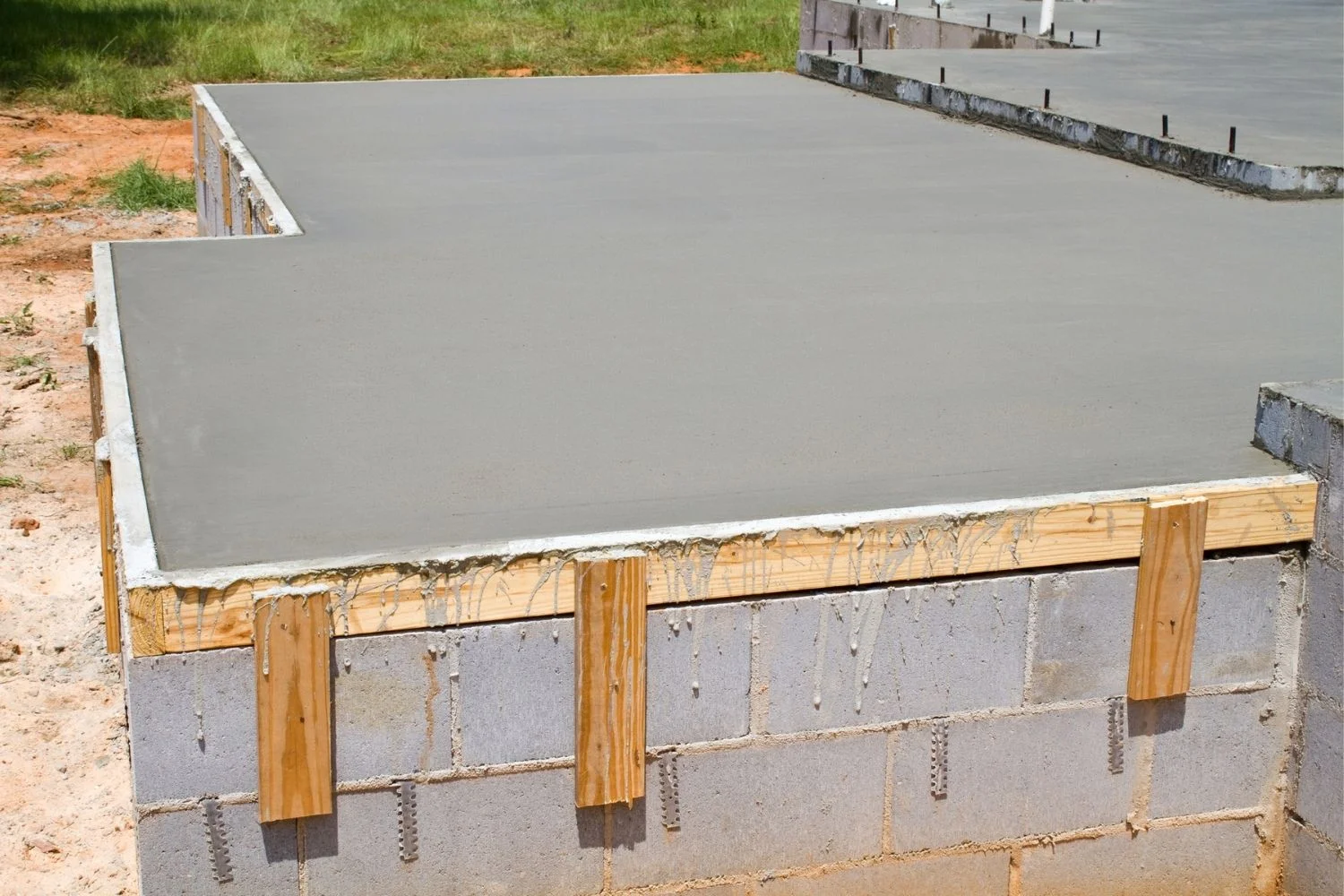

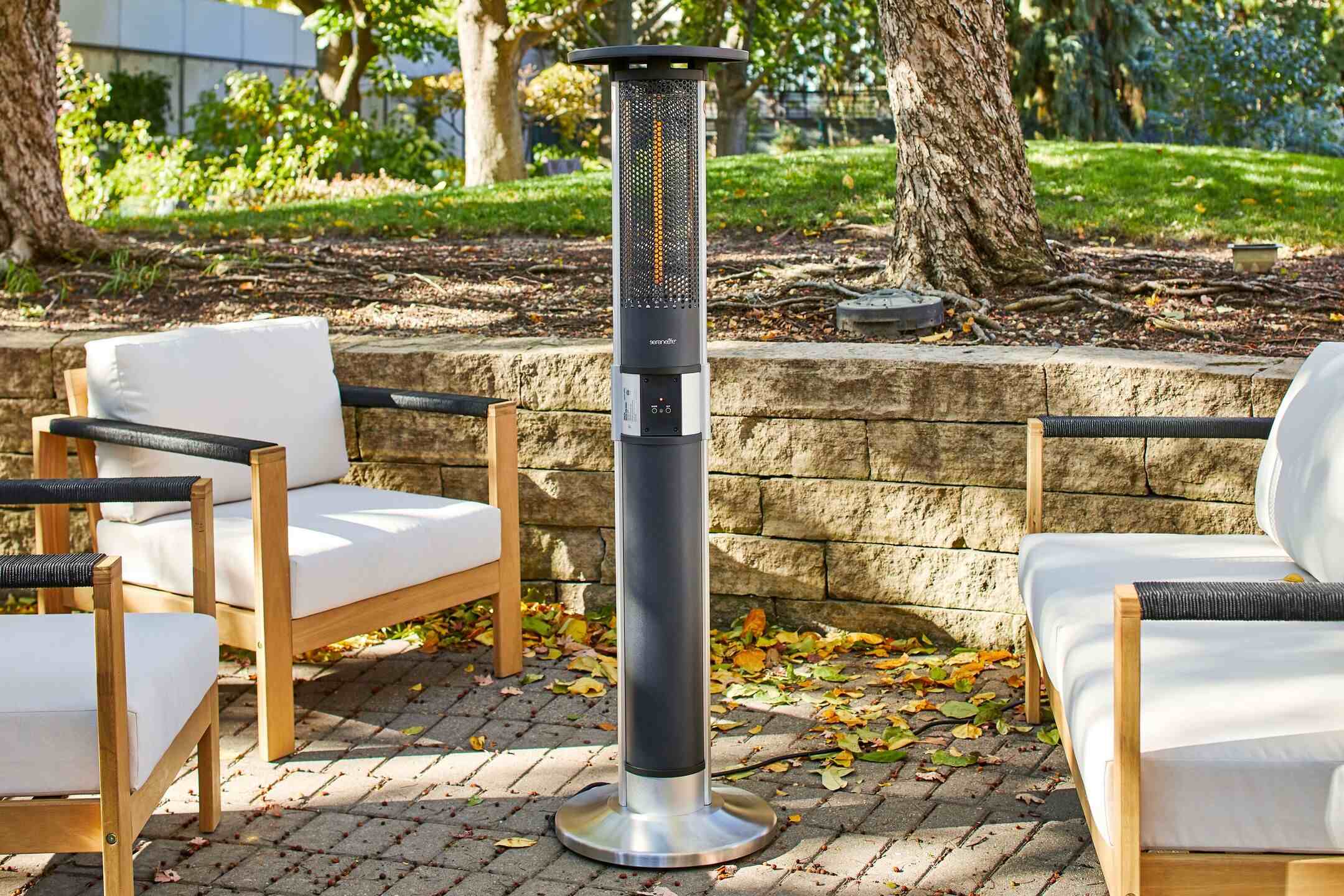
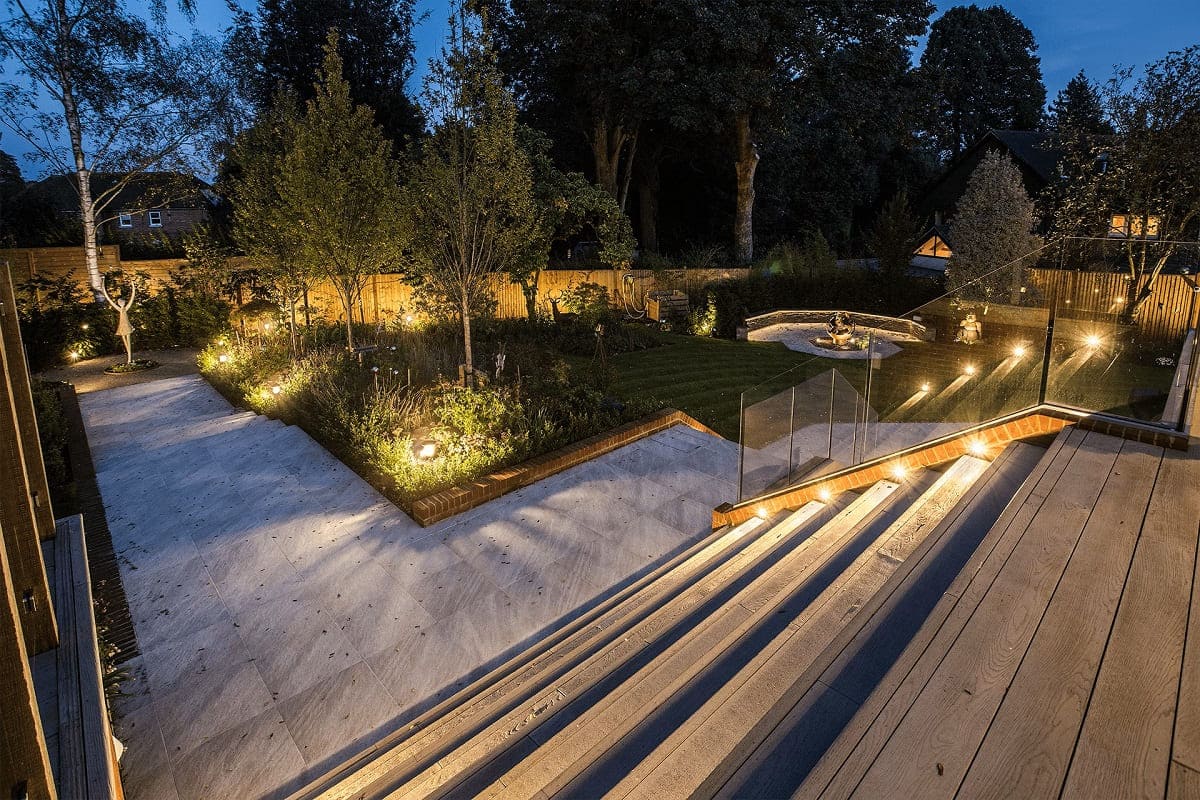
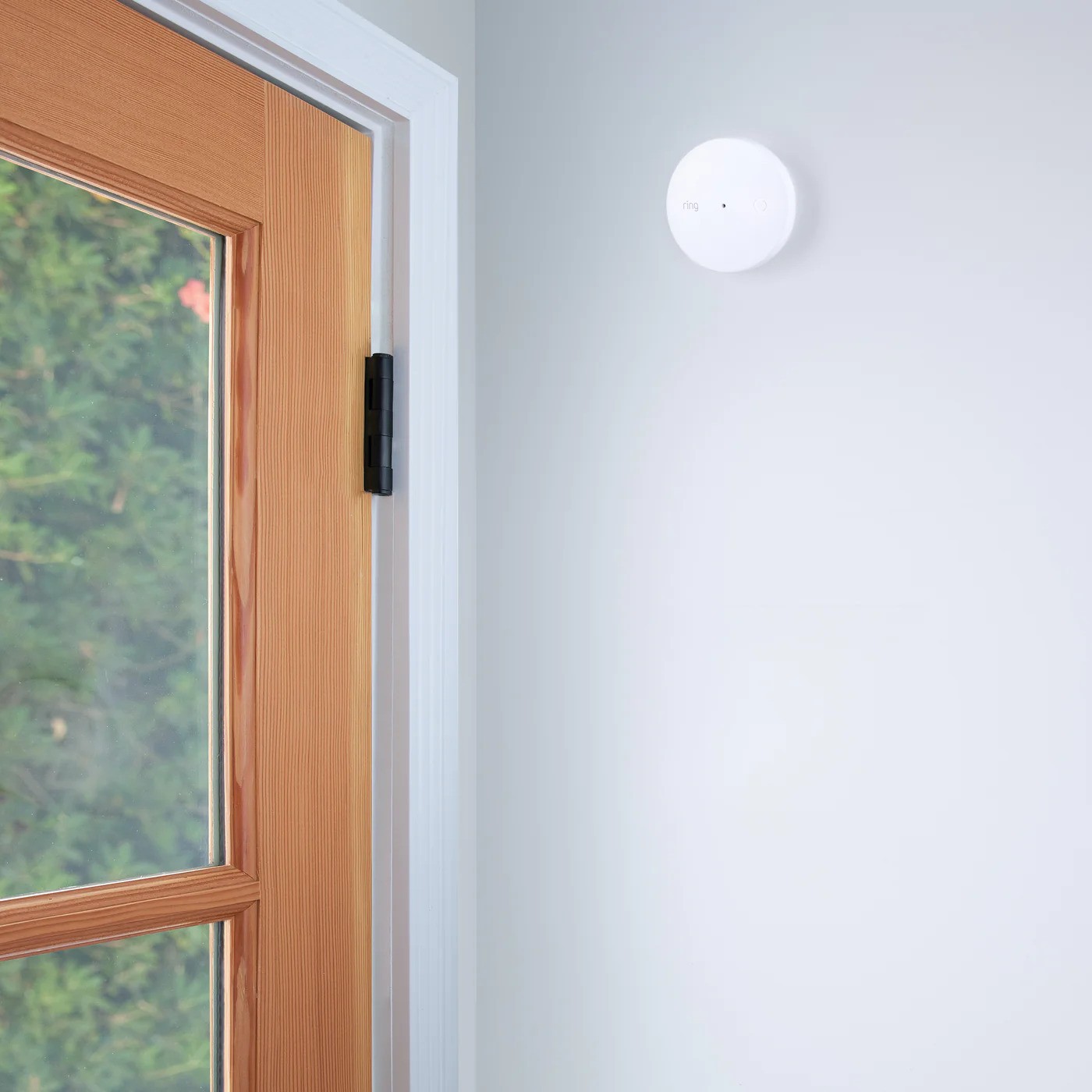
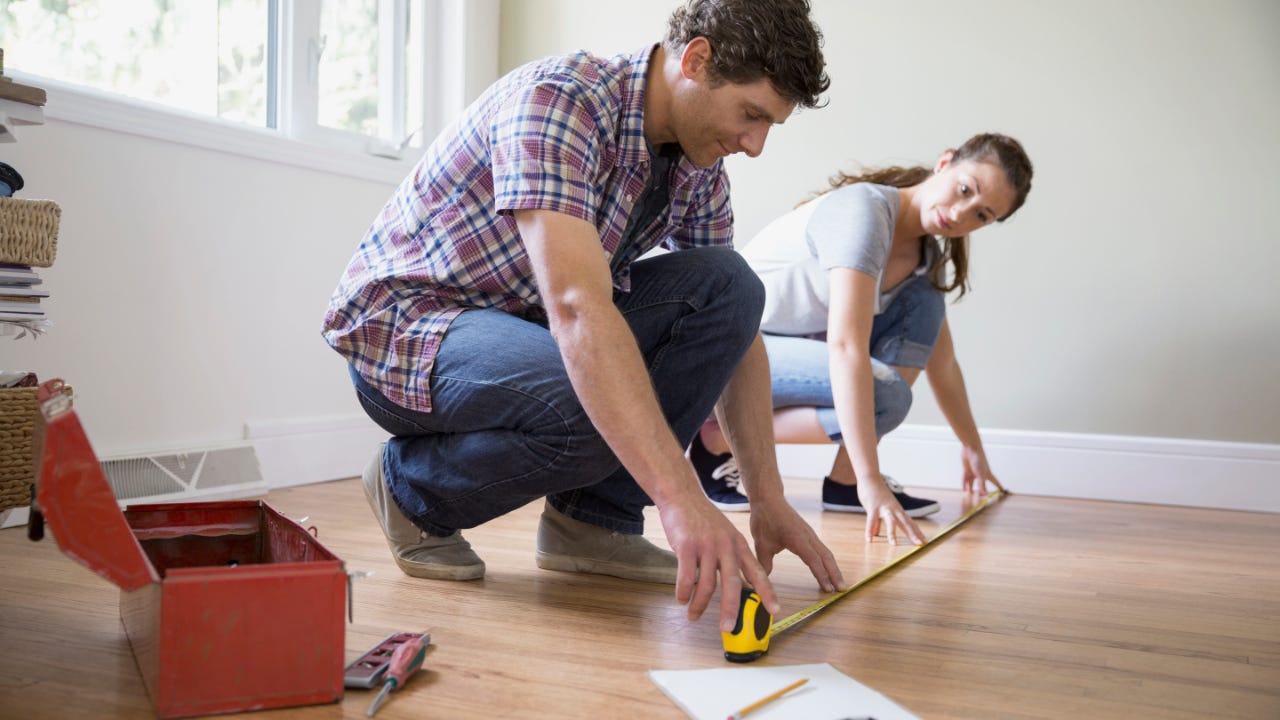

0 thoughts on “How Many Patio Blocks Do I Need”